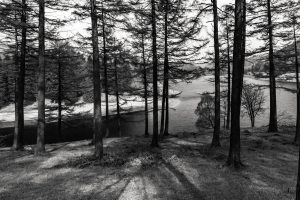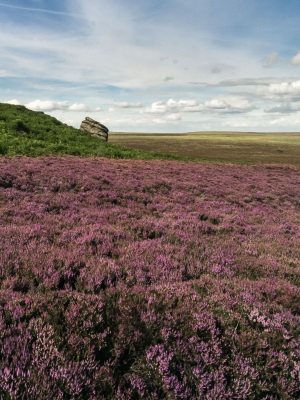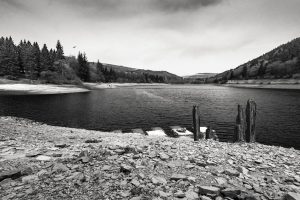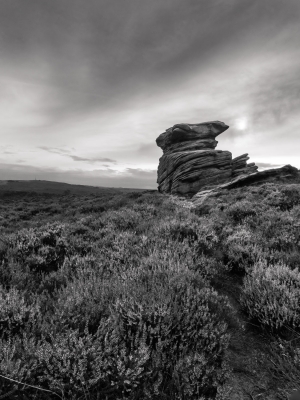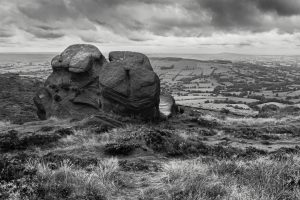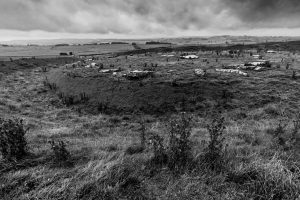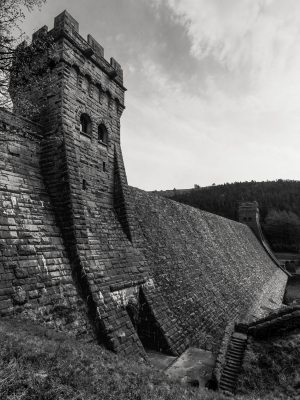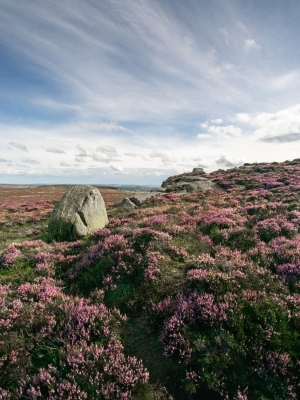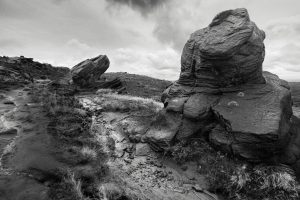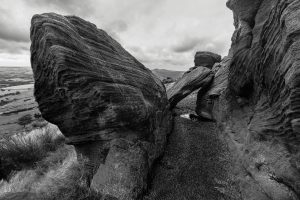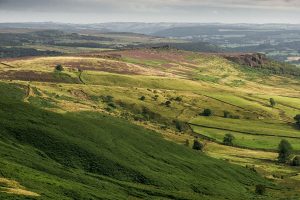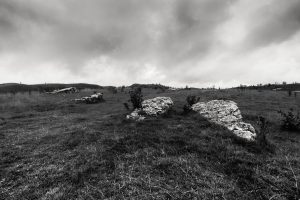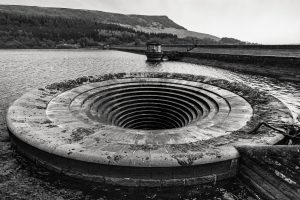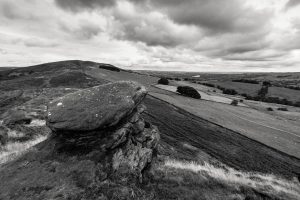Home > The Great British Countryside > Peak District
The Peak District
An area of contrasting natural beauty, consisting of moors and dales, rivers, springs and caverns. In the heart of northern England, the Peak District is home to market towns, picturesque villages, countless attractions and hundreds of traditional events. The area boasts some of the finest historic houses and stately homes in the country, including Chatsworth, Haddon Hall and Renishaw Hall.
Most visitors to the Peak District arrive for its breath-taking views, adventure and inspiration. An extensive network of public footpaths makes the region a firm favourite with hikers. Whilst, its rugged gritstone uplands and rolling limestone dales offer endless opportunities for cycling, climbing and a glutch of other outdoorsy type stuff.
The region is home to some of Britain’s prime, protected landscapes in an area the size of Greater London. Plenty of room then for a far less strenuous picnic in the park.
Access to all of the above is free to any and all. However, this hasn't always been the case. In Great Britain, throughout the 1930s and 40s, huge levels of public protests took place over rights of access. Such protests intended to highlight the unfairness of severely limited rights to access outstandingly beautiful areas of the country. These areas were rarely farmed by their wealthy, aristocratic owners but rather kept only for occasional grouse shooting.
The Kinder Trespass
The most famous instance of these protests is the Kinder Trespass of 1932. Hundreds of ramblers from Manchester and Sheffield set off for the highest point of the Peaks.
Starting at Bowden Bridge near Hayfield the trespassers made their way to the plateau of Kinder Scout. Along the way, violent scuffles with gatekeepers ensued. The ramblers were able to reach the plateau and meet with another group at Ashop Head.
On their return, five ramblers were arrested, with a sixth detained earlier. Trespass was not a criminal offence in any part of Britain at the time. However, jail sentences were handed out for offences relating to violence against the gatekeepers.
In the aftermath and in response to these protests, in 1949, the government passed an Act of Parliament establishing designated areas of national parks throughout the UK.
Photographing the Peak District
Naturally, the Peak District is a photographers paradise. Home to breathtaking landscapes containing gritstone outcrops such as Stanage Edge, The Roaches and Derwent edge. The region is pulsating with history, manifesting through ancient settlements, medieval castles, and grand stately homes.
The charming Spa towns of Buxton and Matlock Bath complement historical buildings such as Chatsworth House and Haddon Hall.
Heading below the surface, Peak Cavern is the largest natural cave mouth in Europe. Travel by boat to the Bottomless pit in Speedwell Cavern and access stunning rock formations in Treak Cliff and Blue John Caverns.
All of the above and more are sure to keep your trigger finger busy than a one-armed paper hanger with winnits.
Completely Useless Facts about the Peak District
- There are no actual peaks in the Peak District. Its name doesn't allude to any mountain top but from the Anglo-Saxon tribe Pecsaetan, who are believed to have settled in the area around the 6th century
- Encompassing five counties: Derbyshire, Cheshire, Staffordshire, Yorkshire and Greater Manchester, it is the most accessible national park in the UK
- The Peak District has 2,900 listed buildings (buildings and structures of special architectural and historical interest)
Have a wemooch elsewhere...
Inspired?
Fancy a wee mooch into the Peak District?
You'll need a few things to come together for it all to work out. There's some useful stuff to be clicked and pressed below.
